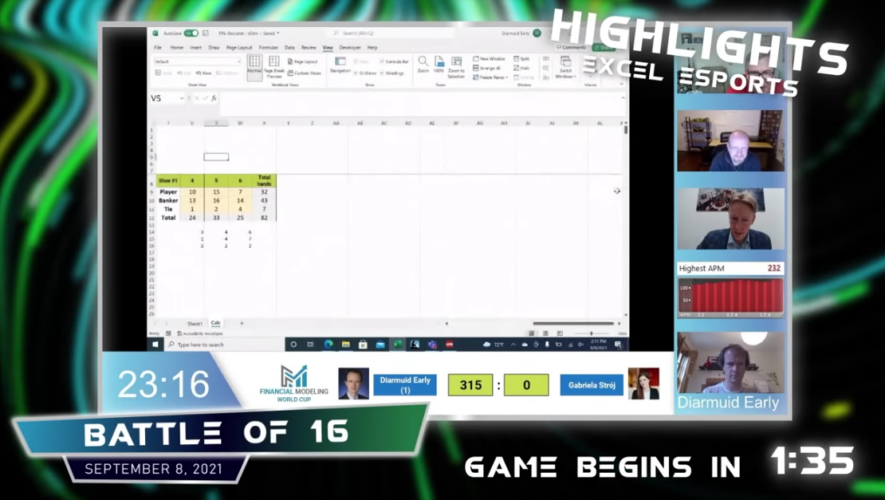The advice was so good he had to send out a press release:
On the heels of a record reporting year for taxes, taxpayers should be wary – or at a minimum more informed – about audits from the IRS, according to Patrick Cox, CEO of TaxMasters (TAXS), the leading tax compliance and repayment services provider in the nation. According to Cox, the IRS will send out a record number of audits which can be misleading and even wrong.
“Over the past few years the IRS has been shifting gears to use correspondence audits – notices mailed to taxpayers usually showing an alleged discrepancy in a tax filing and asking for a manageable amount of extra money that is owed,” Cox said. “From my experience, most taxpayers – who did their taxes online or had an accountant or friend do them – are scared of the IRS and don’t know enough about their tax filings to argue the audit. Instead of making sure the IRS assessment is accurate, I think most taxpayers just cut a check.”
The latest Taxpayer Advocate Report showed that of the more than 1.6 million Americans who were audited last year, 78 percent received a correspondence audit, while only 22 percent were selected for an in-person examination. A large majority of the correspondence audits are sent due to unqualified or overstated tax deductions.
“Returns claiming tax deductions are the lowest hanging fruit for the IRS in a correspondence audit,” says Cox. “Unfortunately, there are an alarming number of taxpayers that make simple mistakes on the amount of deductions and types of deductions they make and wind up being easy targets for the IRS. A few examples of typically-encountered discrepancies include unreported pension income, home mortgage interest, and cash charitable contributions.”
Conveniently, the Journal of Accountancy also covered the increase in IRS correspondence audits in its August 2011 issue and offers tips on how to manage them for CPA tax practioners.
According to a 2006 report by the Treasury Inspector General for Tax Administration (TIGTA), there has been a 170% increase in correspondence examinations for individual taxpayers with gross incomes or business receipts of at least $100,000 in fiscal years 2002 through 2005, while face-to-face examinations increased by 25%. Since that report, TIGTA has claimed improvements in this area but identifies work yet to be done.
